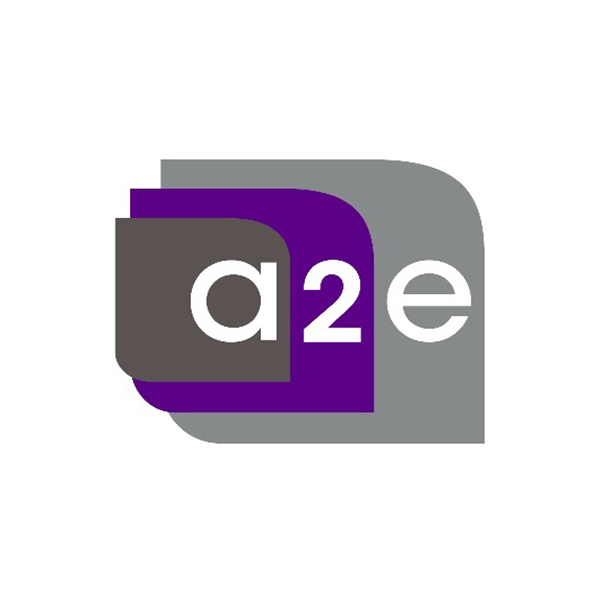
Companies need to be able to make data-driven decisions based on insights derived from their own data and industry trends. By leveraging data and statistical algorithms, predictive analytics can help companies forecast trends and identify opportunities to optimize their operations. Enigma’s small business data is a prime example of how predictive analytics can be used to drive growth and revenue. By analyzing small business data, Enigma can identify patterns and trends that would be difficult to detect using traditional methods. This allows small businesses to make informed decisions about everything from marketing and sales to inventory and supply chain management.
Customer Segmentation
One great example of how predictive analytics can boost small business growth is through customer segmentation – a process whereby customers are grouped according to shared attributes or behaviors (i.e., age group or spending habits). By understanding the needs and preferences of different customer segments, companies can tailor their offerings accordingly and target customers with precision marketing strategies which lead to improved conversions and greater returns on investment (ROI).
Revenue Forecasting
Revenue forecasting is another area where predictive analytics can drive business growth. Companies use revenue forecasting tools such as financial modeling software or machine learning algorithms to accurately predict future revenues based on historical data points such as past purchases or seasonal demand patterns. These tools enable businesses to make better-informed decisions about pricing strategies or promotional campaigns by understanding the market’s demand for certain products/services or what drives consumer buying behaviour.
Identifying Key Performance Indicators
Moreover, predictive analytics allows organizations to identify key factors which influence their current performance so they know exactly what elements need improvement in order to optimize operations going forward. For instance, by studying customers’ purchasing behavior over time, companies can determine which products are generating the most sales while cutting back resources allocated towards underperforming items. In addition, predictive models allow firms not just to predict future trends but also to measure whether they achieved desired outcomes from prior efforts; this helps adjust policies accordingly going forward in order to achieve desired goals more efficiently and increase profits accordingly.
Optimizing Resource Allocation
Overall, leveraging predictive analytics offers innumerable opportunities for small businesses looking to grow their bottom line without taking too much risk. Predictive models enable entrepreneurs to capitalize on lucrative opportunities available within their markets while avoiding costly mistakes that could hurt future success. By employing sophisticated yet user-friendly technology like Enigma’s small business data platform organizations can easily gather relevant insight into consumer behaviour; this information then enables them to develop targeted strategies aimed at increasing ROI and realizing long-term sustainable growth.
Conclusion
Predictive analytics is an invaluable tool for businesses of all sizes to make more informed decisions and anticipate future trends. By leveraging predictive analytics, companies can better understand their customer behaviour, identify new opportunities, and make data-driven decisions that can help accelerate business growth and revenue forecasting. In addition, this technology enables organizations to become more agile in responding to market changes and better prepared for the future by using accurate predictions as a guide.





















